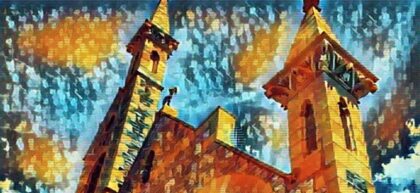About our Mission and Ministry
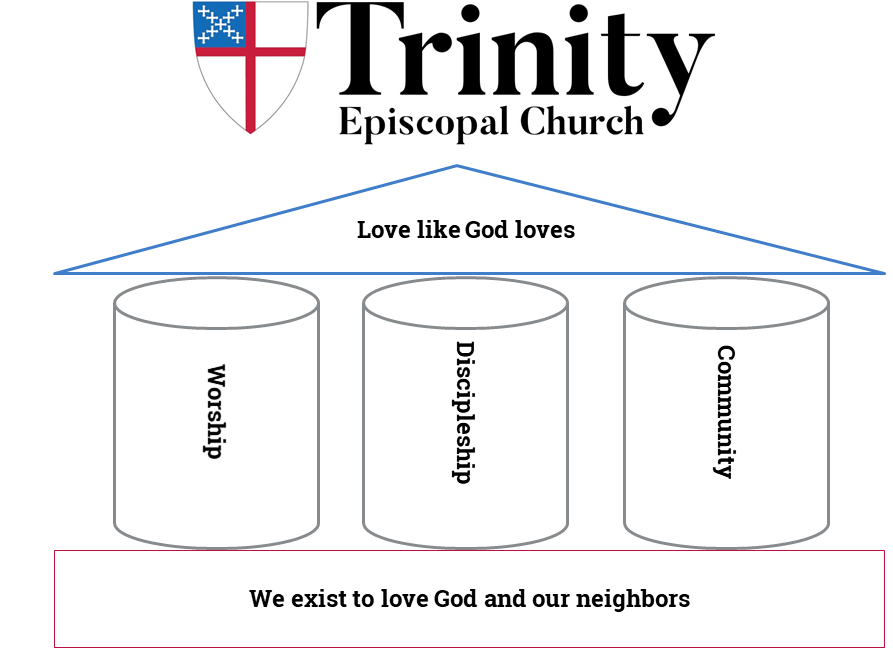
TRINITY EPISCOPAL CHURCH’S mission sates, “We exist to love God and our neighbors”. We strive to achieve our mission through Worship, Discipleship, and Community.
We are located in the heart of downtown Parkersburg, WV, and our parish assists with many forms of community assistance; from our own Monday lunch program and Food Closet to utility assistance for families and individuals in need. The Episcopal Church Women’s (ECW) renowned book sale raises over $10,000 each fall for local outreach programs. The Trinity Knitters provides shawls , scarves and hats for home bound, new borns and the River Ministry. The church also supports a men’s group, an active youth group, monthly family “movie nights”, and the Monnica Chapter of Daughters of the King.
There is strong musical tradition at Trinity Church incorporated into the worship. It’s “Scholar” Singer program supports Marietta College vocal students and add their voices to Trinity Choir.
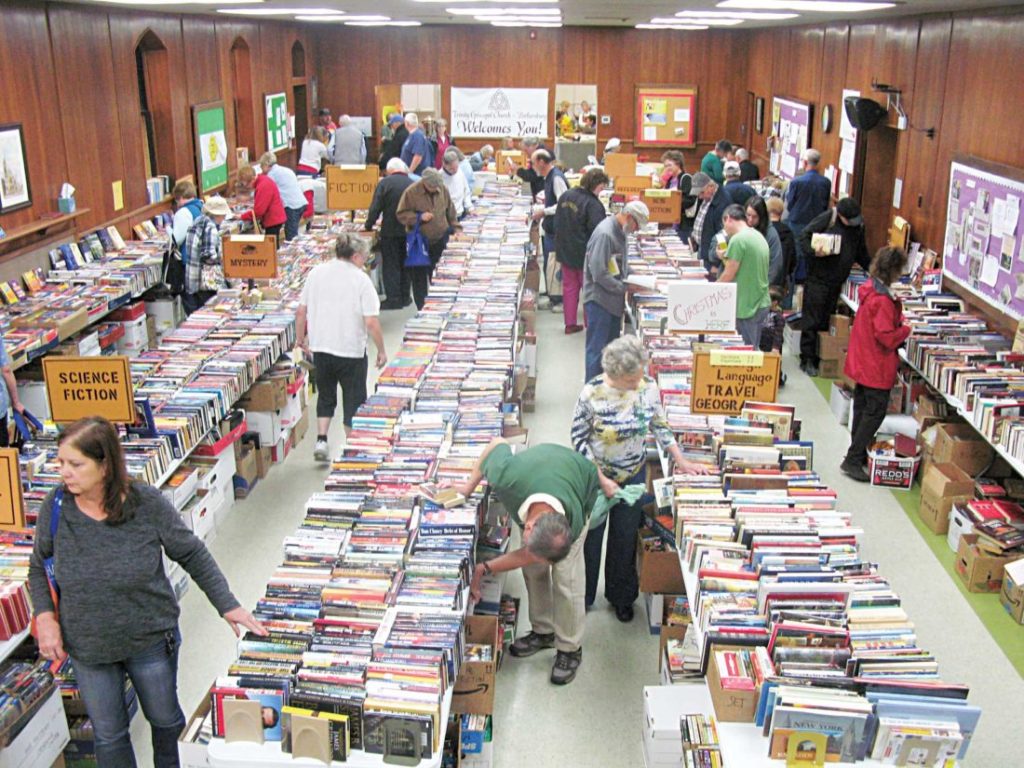
About our Church and it's History
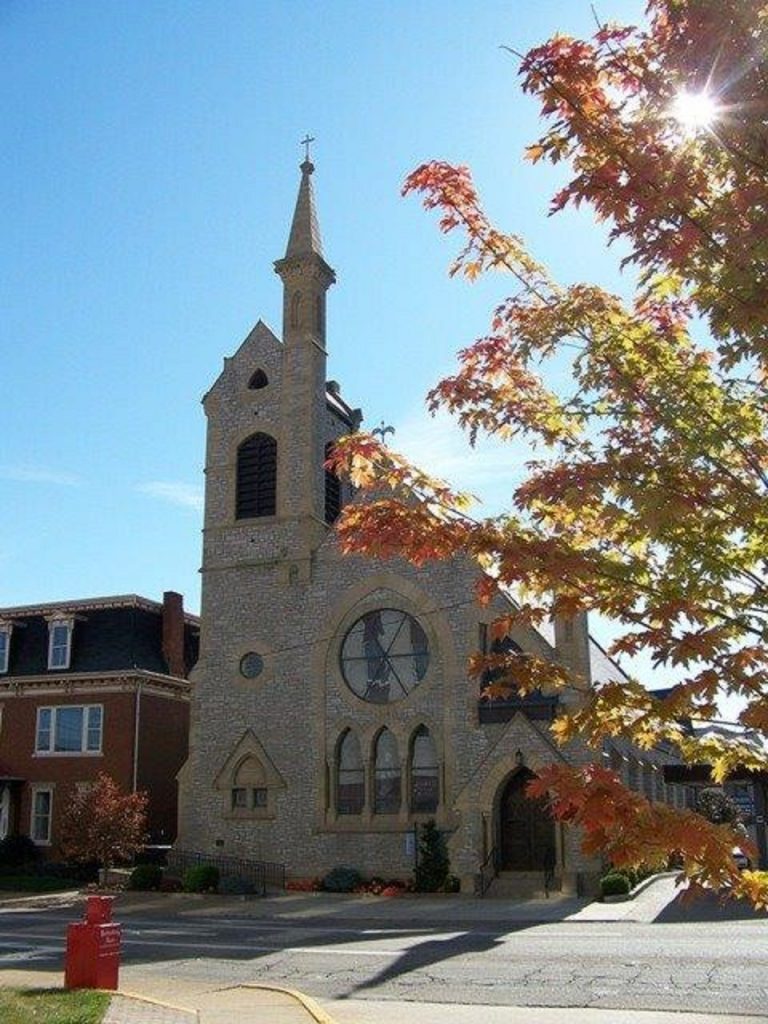
Trinity Episcopal Church’s roots go back to 1843 when its first rector, the Rev. Thomas Smith, came to the area and began to form and lead the church. The need for a rector and place of worship came after several English families had moved to the Parkersburg area from Virginia. Those families had been members of the Church of England, which became known as the Episcopal Church after the revolutionary war.
It wasn’t until three years after Smith arrived in the area that a cornerstone for a church, known as Trinity Parish, was laid July 11, 1846. Smith never got to see the completion of the church. He died April 4, 1847. The church was completed in 1850. By his request, Smith was buried beneath the church steps. After 30 years, the first church was torn down and it was decided a new church would be constructed, and that is the church that remains today.
Listed in the National Register of Historic Places, the existing Trinity Church building was completed May 4, 1879. It replaced the original church building completed in 1849. The church’s architecture features an asymmetrical façade rising to a corner bell tower. A high turret is adjacent to the tower on the north end and a second, shorter turret is joined to the central gable by a single flying buttress over the main entrance. Other gothic features include arched windows in the front and amongst buttresses along the side of the main gabled building.
The original rectory next to the church is also listed in the historical registry, having been completed in 1863. Since 1919, it’s been used as the church office and Sunday school rooms. Trinity Hall, at the rear of the rectory was constructed in 1881 and a modern Christian Education Building added in 1958.
The complex was affected by floods of varying degrees in 1884, 1913, 1930, and 1937. Restorations on the stonework were undertaken in 1969, 1979 and 2002.

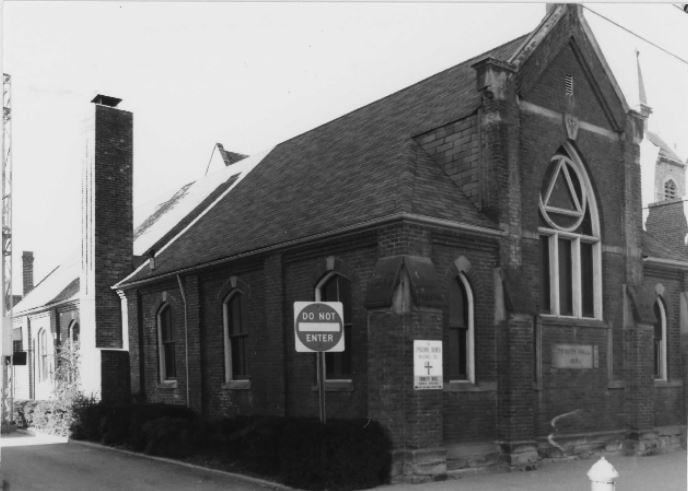


About the Episcopal Church
The Episcopal Church is part of the Anglican Communion, and is comprised of 109 dioceses in 16 nations. The Anglican Communion is the gathering of Anglican and Episcopal churches from around the world. Today, the Anglican Communion comprises more than 80 million members in 44 regional and national member churches in more than 160 countries. At the head of the Anglican Communion is the Archbishop of Canterbury, Justin Welby.
The Episcopal church, established shortly after the American Revolution, has its roots in the Anglican Church. The Anglican Church, known as the Church of England, had a strong following in colonial America. But when the colonies won their independence, the majority of America’s Anglican clergy refused to swear allegiance to the British monarch as was required. As a result, the Episcopal Church was formed.
The vibrancy of the Anglican Communion reflects the lives of its congregants and their commitment to God’s mission in the world.
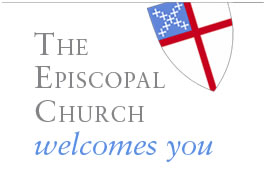
We Episcopalians believe in a loving, liberating, and life-giving God: Father, Son, and Holy Spirit.
As constituent members of the Anglican Communion in the United States, we are descendants of and partners with the Church of England and the Scottish Episcopal Church, and are part of the third largest group of Christians in the world.
We believe in following the teachings of Jesus Christ, whose life, death, and resurrection saved the world.
We have a legacy of inclusion, aspiring to tell and exemplify God’s love for every human being; women and men serve as bishops, priests, and deacons in our church.
About our Mission and Ministry
TRINITY EPISCOPAL CHURCH’S mission sates, “We exist to love God and our neighbors”. We strive to achieve our mission through Worship, Discipleship, and Community.

We are located in the heart of downtown Parkersburg, WV, and our parish assists with many forms of community assistance; from our own Monday lunch program and Food Closet to utility assistance for families and individuals in need. The Episcopal Church Women’s (ECW) renowned book sale raises over $10,000 each fall for local outreach programs. The Trinity Knitters provides shawls , scarves and hats for home bound, new borns and the River Ministry. The church also supports a men’s group, an active youth group, monthly family “movie nights”, and the Monnica Chapter of Daughters of the King.
There is strong musical tradition at Trinity Church incorporated into the worship. It’s “Scholar” Singer program supports Marietta College vocal students and add their voices to Trinity Choir.

About our Church and it’s History
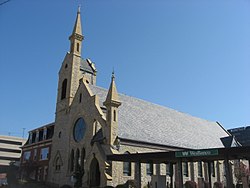
Trinity Episcopal Church’s roots go back to 1843 when its first rector, the Rev. Thomas Smith, came to the area and began to form and lead the church. The need for a rector and place of worship came after several English families had moved to the Parkersburg area from Virginia. Those families had been members of the Church of England, which became known as the Episcopal Church after the revolutionary war.
It wasn’t until three years after Smith arrived in the area that a cornerstone for a church, known as Trinity Parish, was laid July 11, 1846. Smith never got to see the completion of the church. He died April 4, 1847. The church was completed in 1850. By his request, Smith was buried beneath the church steps. After 30 years, the first church was torn down and it was decided a new church would be constructed, and that is the church that remains today.
Listed in the National Register of Historic Places, the existing Trinity Church building was completed May 4, 1879. It replaced the original church building completed in 1849. The church’s architecture features an asymmetrical façade rising to a corner bell tower. A high turret is adjacent to the tower on the north end and a second, shorter turret is joined to the central gable by a single flying buttress over the main entrance. Other gothic features include arched windows in the front and amongst buttresses along the side of the main gabled building.
The original rectory next to the church is also listed in the historical registry, having been completed in 1863. Since 1919, it’s been used as the church office and Sunday school rooms. Trinity Hall, at the rear of the rectory was constructed in 1881 and a modern Christian Education Building added in 1958.
The complex was affected by floods of varying degrees in 1884, 1913, 1930, and 1937. Restorations on the stonework were undertaken in 1969, 1979 and 2002.
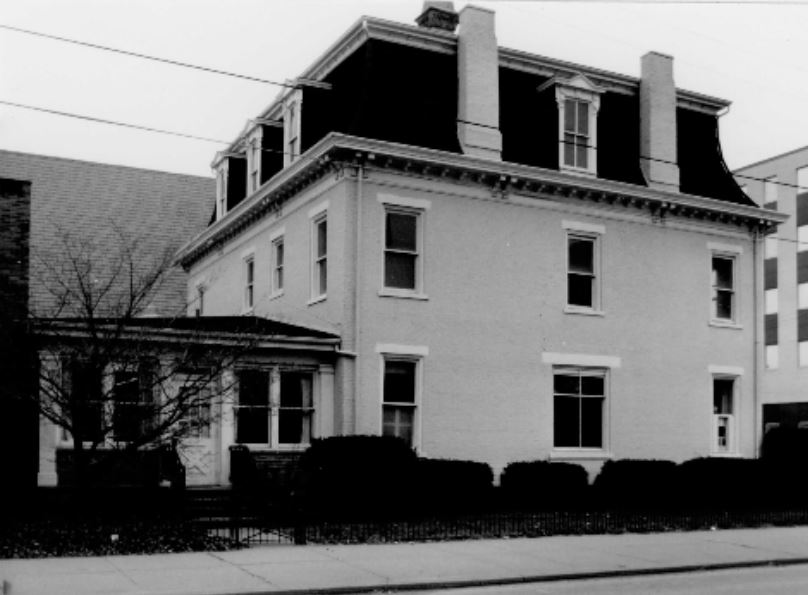

and still in use.
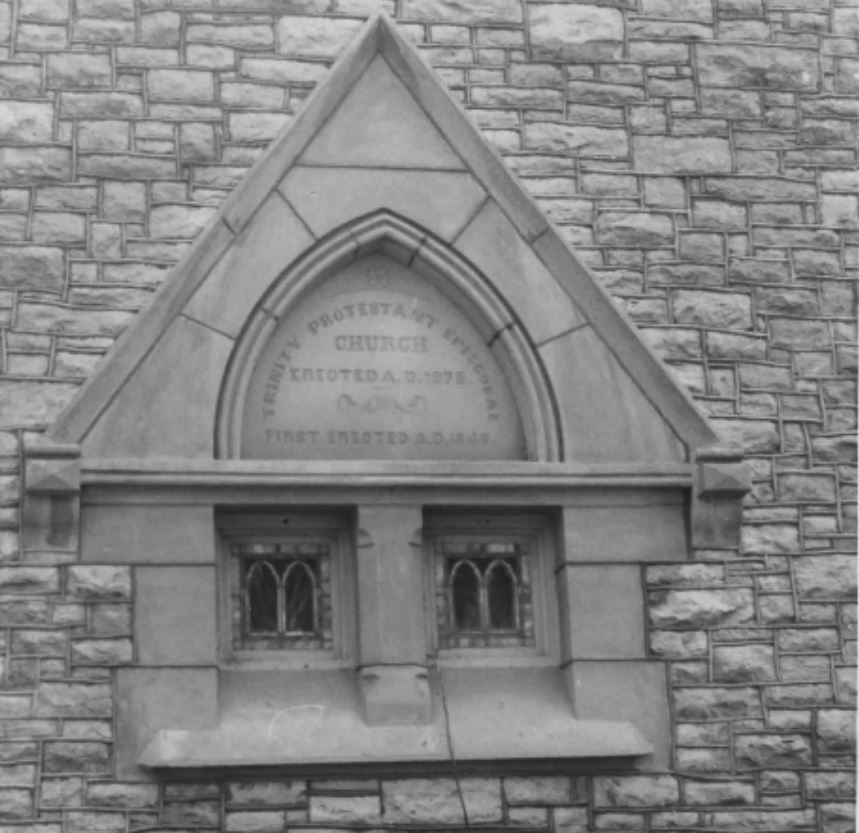
first erected 1849

completed 2002.

About the Episcopal Church
The Episcopal Church is part of the Anglican Communion, and is comprised of 109 dioceses in 16 nations. The Anglican Communion is the gathering of Anglican and Episcopal churches from around the world. Today, the Anglican Communion comprises more than 80 million members in 44 regional and national member churches in more than 160 countries. At the head of the Anglican Communion is the Archbishop of Canterbury, Justin Welby.
The Episcopal church, established shortly after the American Revolution, has its roots in the Anglican Church. The Anglican Church, known as the Church of England, had a strong following in colonial America. But when the colonies won their independence, the majority of America’s Anglican clergy refused to swear allegiance to the British monarch as was required. As a result, the Episcopal Church was formed.
The vibrancy of the Anglican Communion reflects the lives of its congregants and their commitment to God’s mission in the world.
We Episcopalians believe in a loving, liberating, and life-giving God: Father, Son, and Holy Spirit.
As constituent members of the Anglican Communion in the United States, we are descendants of and partners with the Church of England and the Scottish Episcopal Church, and are part of the third largest group of Christians in the world.
We believe in following the teachings of Jesus Christ, whose life, death, and resurrection saved the world.
We have a legacy of inclusion, aspiring to tell and exemplify God’s love for every human being; women and men serve as bishops, priests, and deacons in our church.

